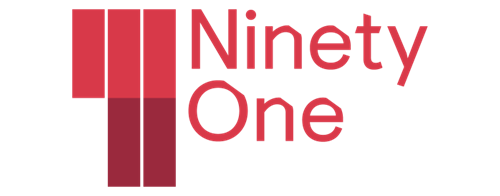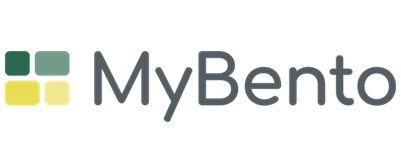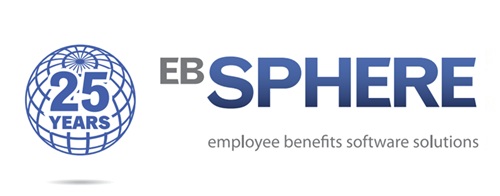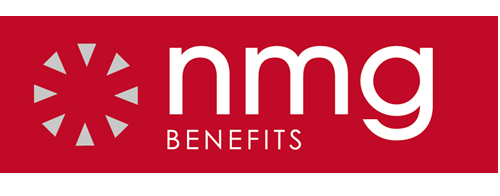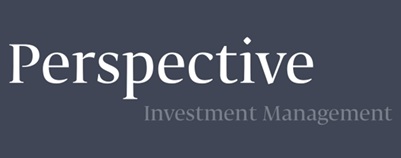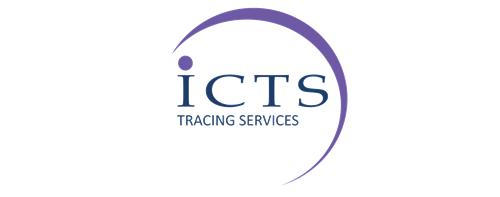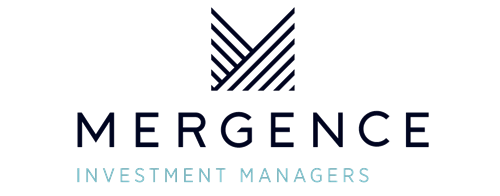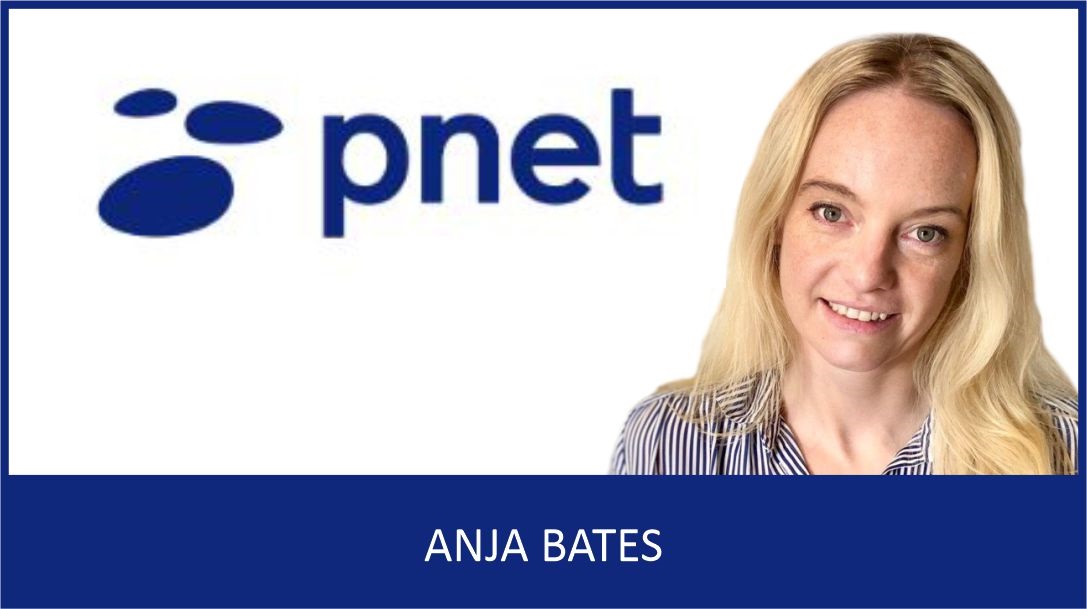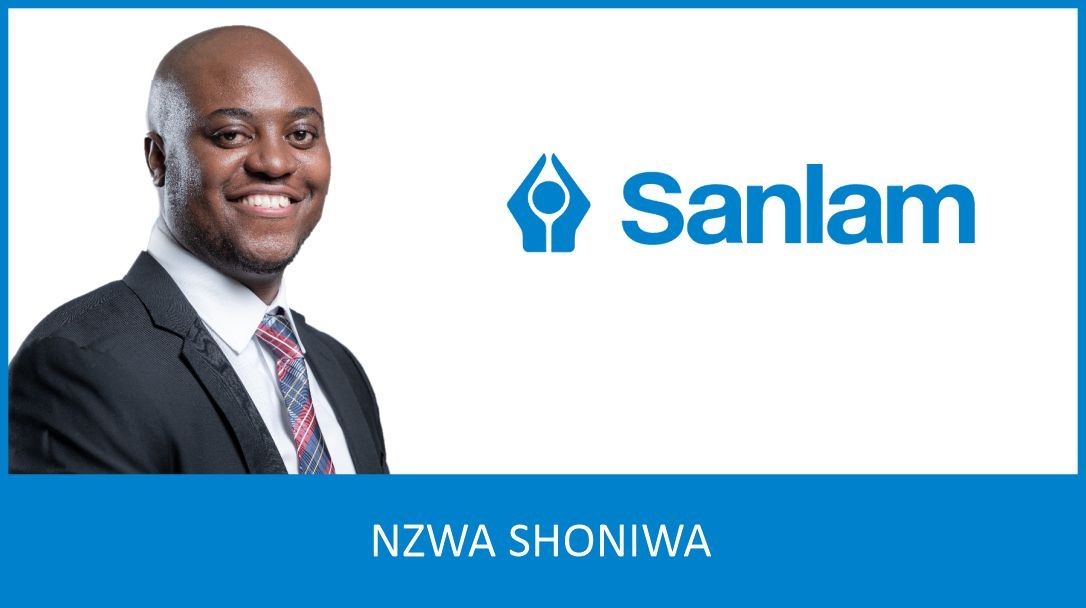Siyasanga Kashe, Executive of Member Solutions at Momentum Corporate
Employee benefits are no longer just about ticking boxes with retirement packages and medical aids. As South Africa grapples with financial uncertainty, high youth unemployment, and growing inequality, Siyasanga Kashe, Executive of Member Solutions at Momentum Corporate believes employee benefits are a powerful lever to elevate household wealth, economic growth, and social inclusion.
According to research conducted by Momentum and Unisa’s Bureau of Market Research (BMR), the South African Reserve Bank estimated the value of household wealth to be R19.8 trillion at the end of 2024. The research, which looked into financial strength and product use in South African Households, found that pension funds and long-term insurance products account for 37.3% of total household assets, surpassing any other category, including residential property and unit trust investments.
“Employee benefits are crucial for pensions and long-term insurance, which the BMR research shows. They form up to about 80% of total benefit value for the whole country,” remarks Kashe. “It’s just a pity these benefits are in the hands of so few.”
Kashe says the employee benefits landscape holds immense value, but access remains skewed, especially among younger and lower-income workers often left out of formal coverage. Momentum’s research found that households receiving employee benefits own 60% of all household wealth in the country. Yet, Kashe says employee benefits are still underutilised with only 37% of employed individuals contributing to a pension or retirement fund, and just 33% of South African households receiving employee benefits at all.
“Broader access to benefits is necessary. By focusing on the value of dignified work, we are creating the kinds of workplaces people want to join. With the right benefits, these are the jobs that support families, communities, and futures. If we get this right, we’ll have more financial inclusion, less poverty and inequality, and ultimately foster faster, more inclusive economic growth. And we have the data to back it up.”
Employee benefits vs the economy
A regression analysis of South African data from 1995 to 2024 reveals a clear, reinforcing relationship between employee benefits, GDP, and employment:
- A 1% increase in employee benefits is associated with a 0.31% rise in real GDP.
- A 1% increase in GDP leads to a 0.88% increase in employment.
- And a 1% rise in employment is associated with a 3.3% increase in employment benefits.
While this relationship varies across economic cycles (peaking at 3.4% between 2001 and 2019 and dropping to 1.7% between 2020 and 2024), Kashe says the pattern is consistent. “Broader access to proper employee benefits fuels a virtuous cycle of growth, employment, and wealth creation.”
The youth opportunity and the gap
South Africa’s youth make up 24% of the employed population. Yet only 44% of these young workers receive any benefits. Still, this minority controls 57% of youth wealth and 87% of the value of youth pension and insurance assets, highlighting the dramatic impact that employee benefits have on a young person’s journey to success.
However, Kashe says relying on GDP growth alone won’t fix youth unemployment. The regression analysis reveals that a 1% increase in GDP is associated with a 0.2% decrease in youth employment, compared to increases of 1.2% to 1.9% for older age groups. The labour market continues to underutilise young people, and growth is not trickling down.
What can be done? Back youth through benefits
Recent research published in the South African Journal of Economics 4 compared the impact of wage subsidies to social relief grants (SRD). Using a computable general equilibrium model, it found that redirecting the same R50 billion currently spent on SRD to a youth wage subsidy would deliver far greater gains in GDP and employment.
Critically, Momentum Corporate points out that most youth internships or subsidised work programmes do not include any provisions for employee Benefits provisions. For Kashe, this is a missed opportunity. “By offering employee benefits alongside wage subsidies, companies can teach young people the value of saving early, while also giving them access to the insurance protection they need.”
A modern, inclusive approach to employee benefits
Momentum Corporate is leading the way in redefining what benefits mean in today’s world. Their focus extends beyond financial products to include trauma counselling, mental health support, income protection, and flexible benefit structures tailored to individual needs.
“Retirement planning isn’t just about the money,” says Kashe. “It’s about giving people a sense of security – knowing they won’t have to worry about their future or become a burden on their families.”
Momentum’s approach supports more than the bank balance. It builds financial literacy, resilience, and dignity – especially for young people entering the workforce and vulnerable workers navigating uncertain futures.
Looking ahead
The expansion of employee benefits offers a practical, proven path toward progress. It’s not just about workplace perks; it’s about using one of the biggest drivers of household wealth to drive national development.
“Employee benefits should be as human as the people they serve. By giving more people access to them, especially our youth, we’re not just investing in individuals. We’re investing in the future of our economy,” concludes Kashe.
ENDS
